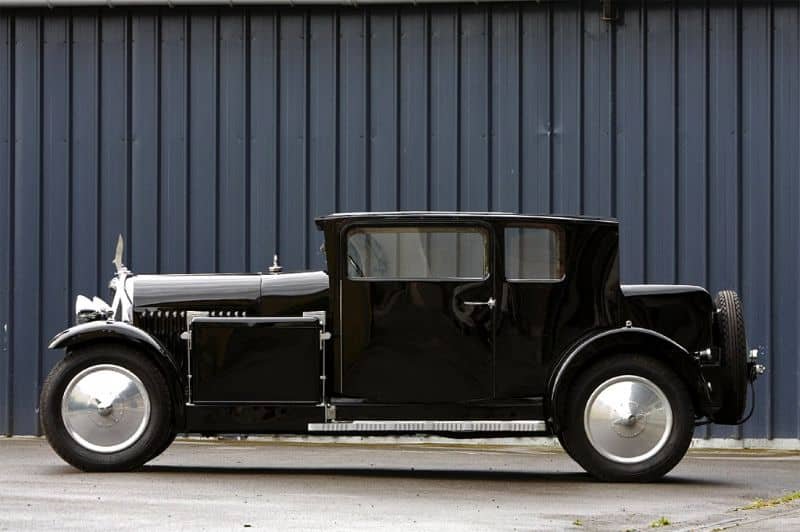
From 1927 to 1932, the Voisin C14 chassis was produced and became one of the brand’s most prolific models with a total of 1,795 units. Renowned for their stunning aesthetics, many C14s had custom bodies inspired by the Art Deco movement, such as the iconic Chartre Demi-Berline designed by Andre Lefèbvre for Voisin.
h/t: vintag.es
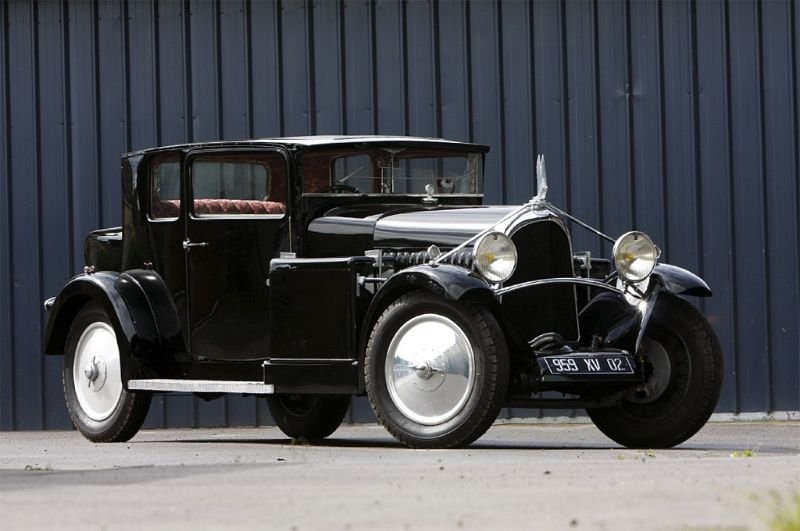
Beneath its elegantly designed exterior, the C14 housed a 2.4-liter 6-cylinder motor that utilized the revolutionary Knight-type sleeve valve technology, first introduced by Charles Knight in 1908. This innovative system replaced the conventional poppet valves with flexible sleeves encompassing the pistons, which eliminated the requirement for return springs. As a result, the engine functioned with reduced noise and handled high speeds with less stress than traditional pushrod setups. Despite the minor exhaust haze caused by oil slipping between the sleeves, Voisin acknowledged that the resulting hushed ride was a worthwhile trade-off.
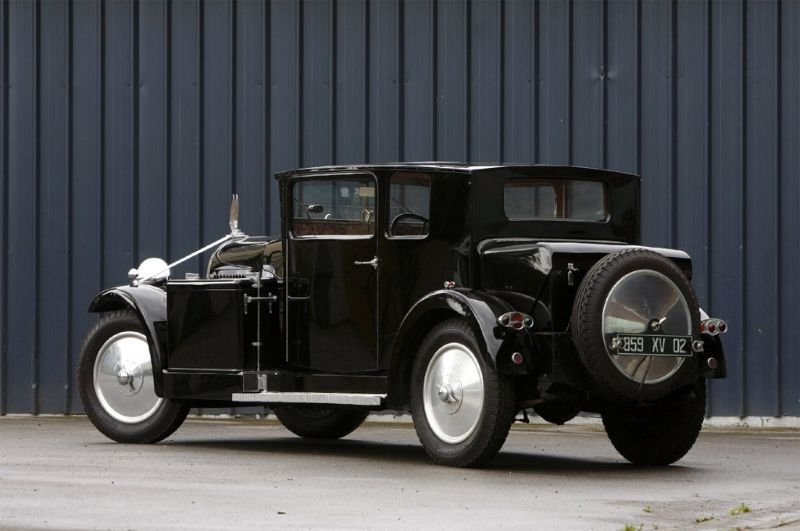
The C14 utilized Voisin’s transfer box system for transmission, which worked with a traditional transmission to provide different low and high-speed ranges for each forward gear. This unique setup used Cotal electrical relays controlled by switches on the steering column, delivering smooth gear shifts for an improved driving experience. Furthermore, the C14 featured power-assisted braking and Voisin’s advanced worm-gear steering, enhancing its exceptional performance and handling.
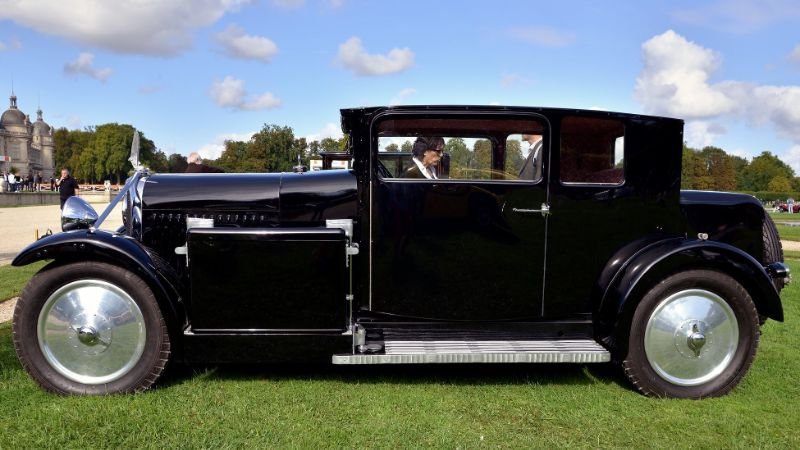
The Voisin C14 showcases Art Deco design and pioneering engineering. The fusion of aesthetic beauty and technical ingenuity exemplifies the visionary approach of Gabriel Voisin and his team. Currently, the C14 symbolizes automotive elegance and innovation, encapsulating an era defined by artistic expression and mechanical prowess.
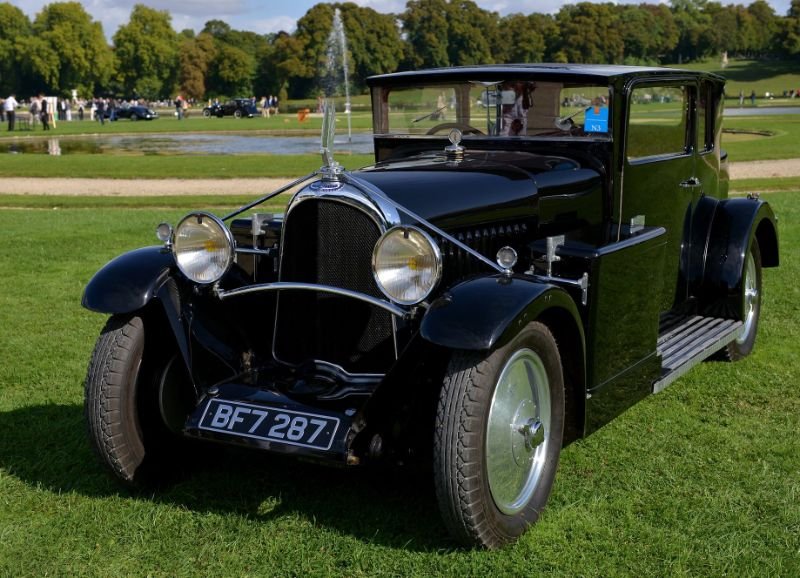
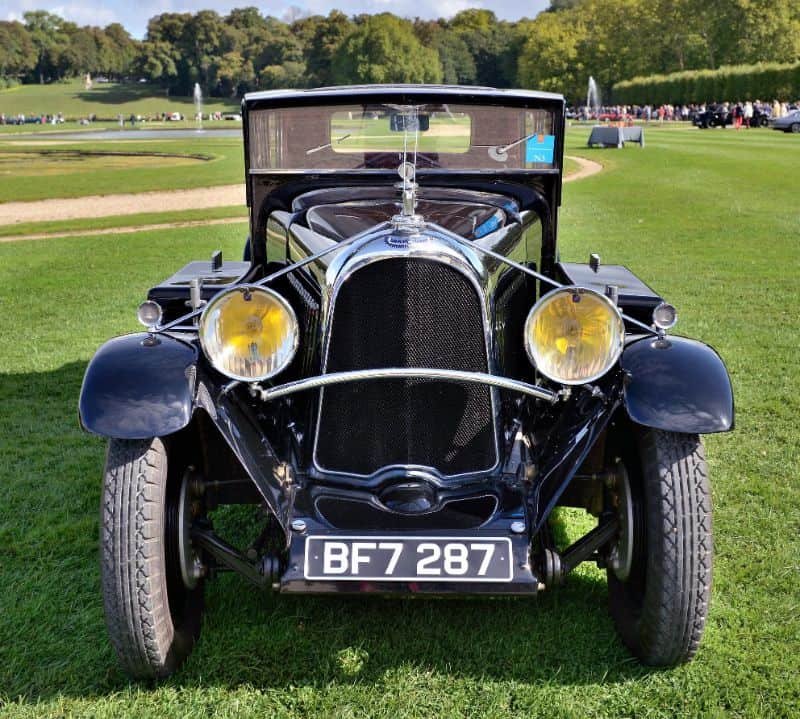
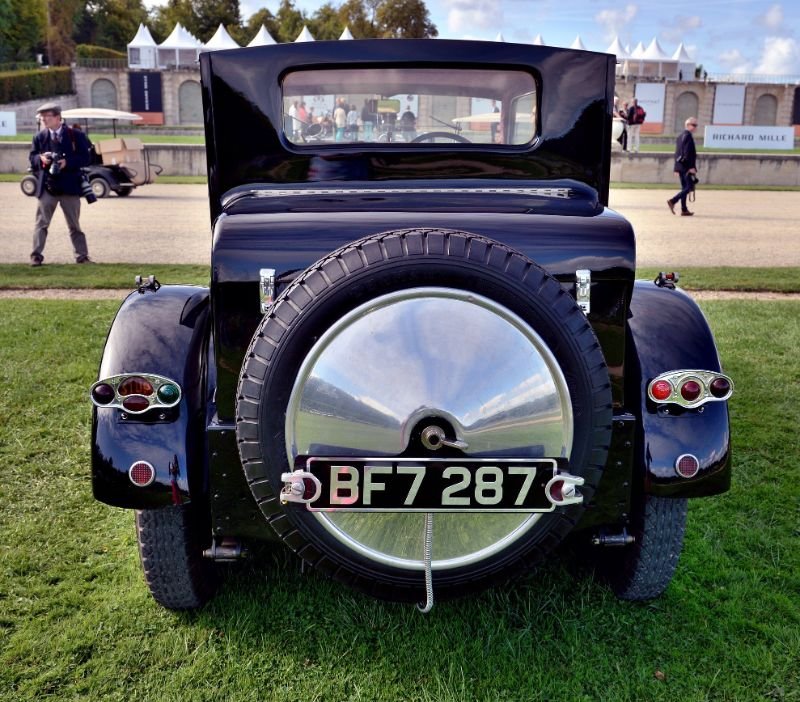
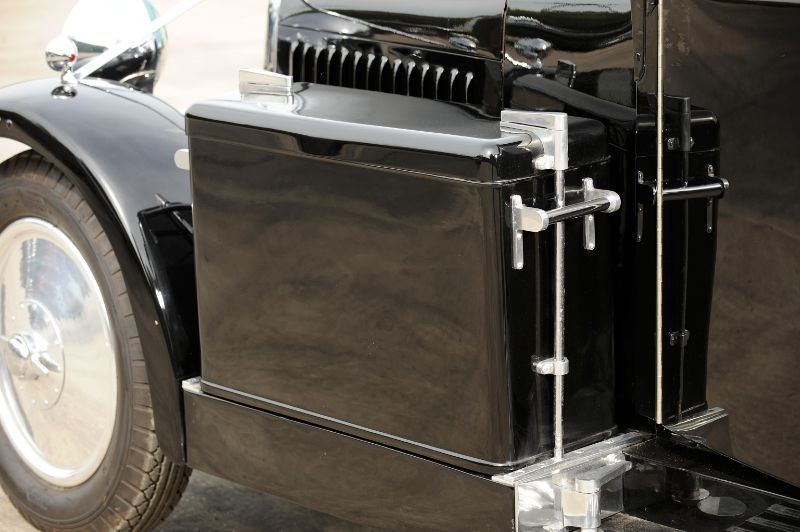
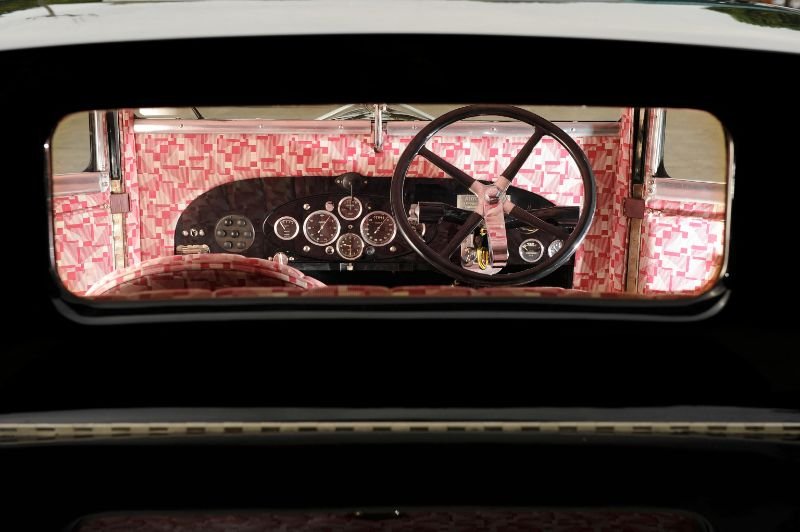
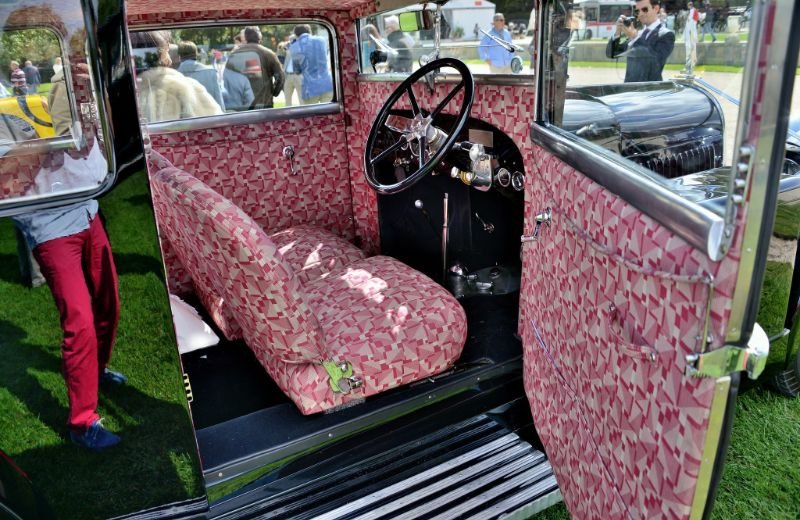
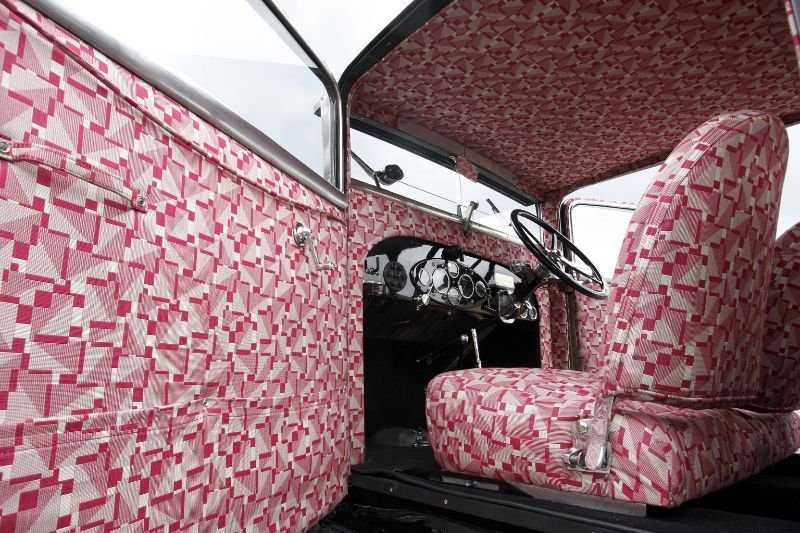

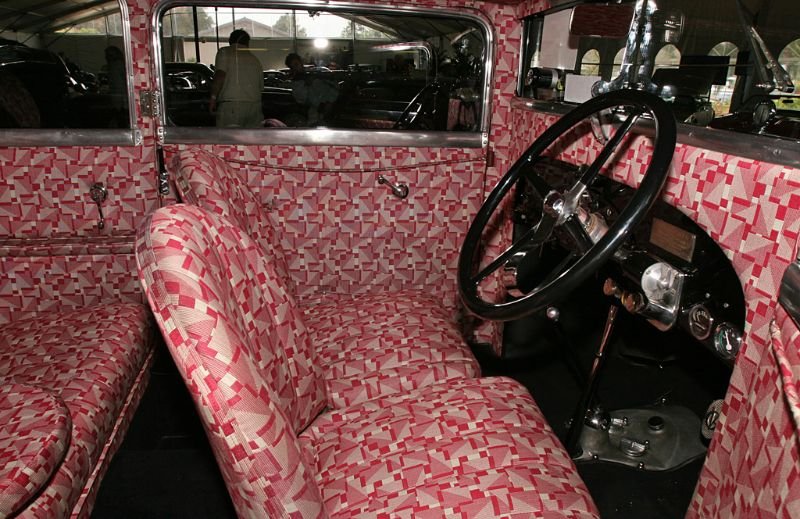
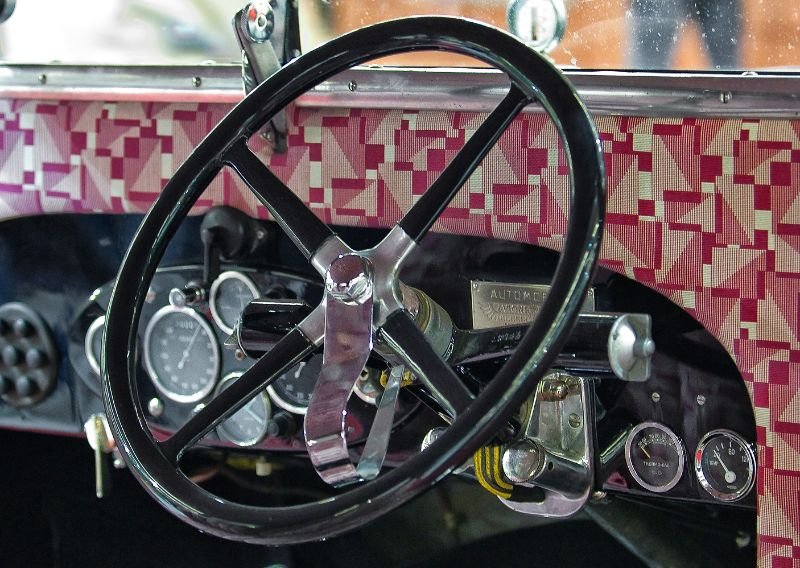

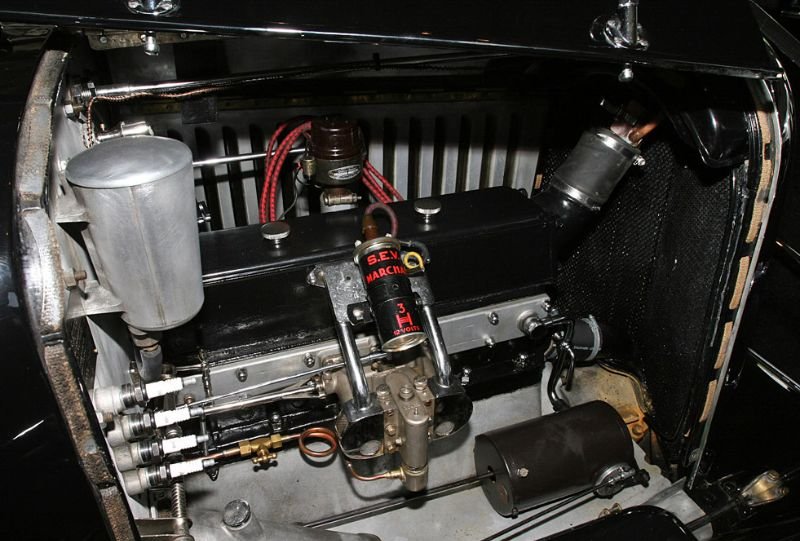
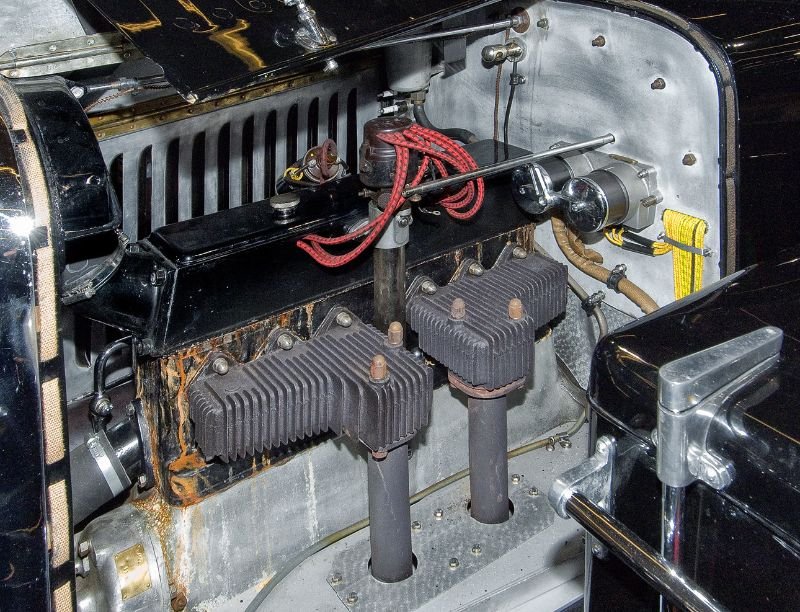




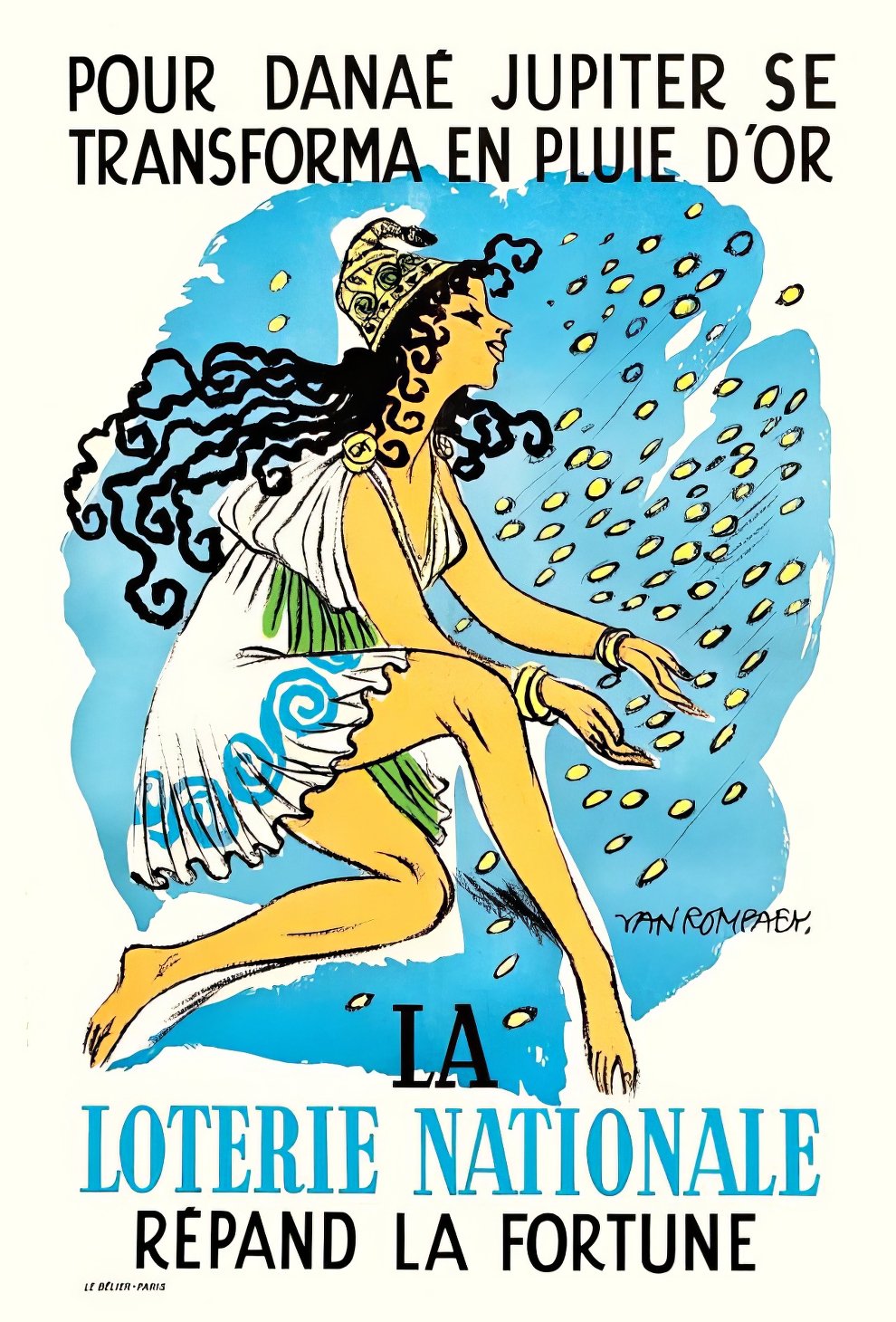
![[image] 170734](https://buzzbloq.com/wp-content/uploads/2024/06/1718715940_The-Superb-Tulle-Sculptures-by-Benjamin-Shine-raquo-Design-You.jpg)